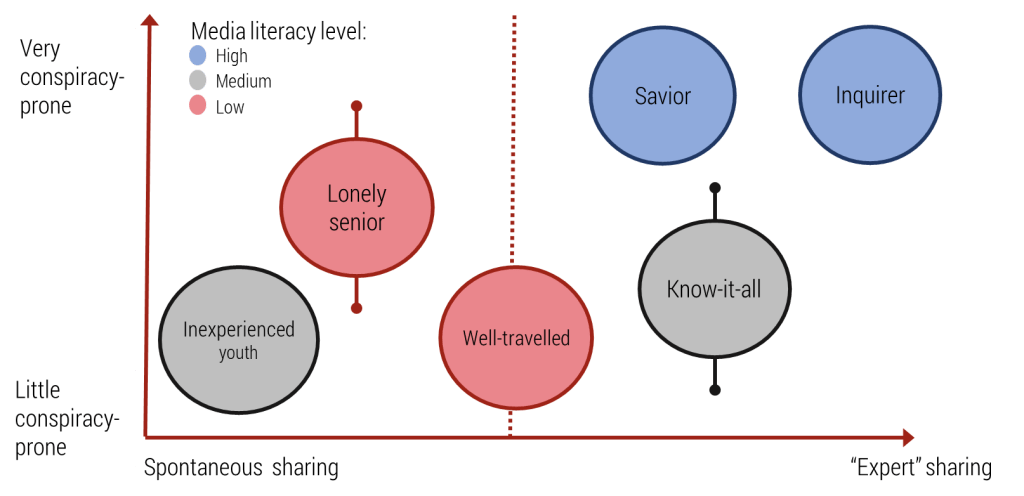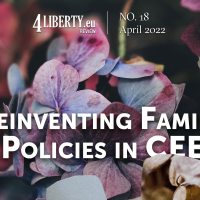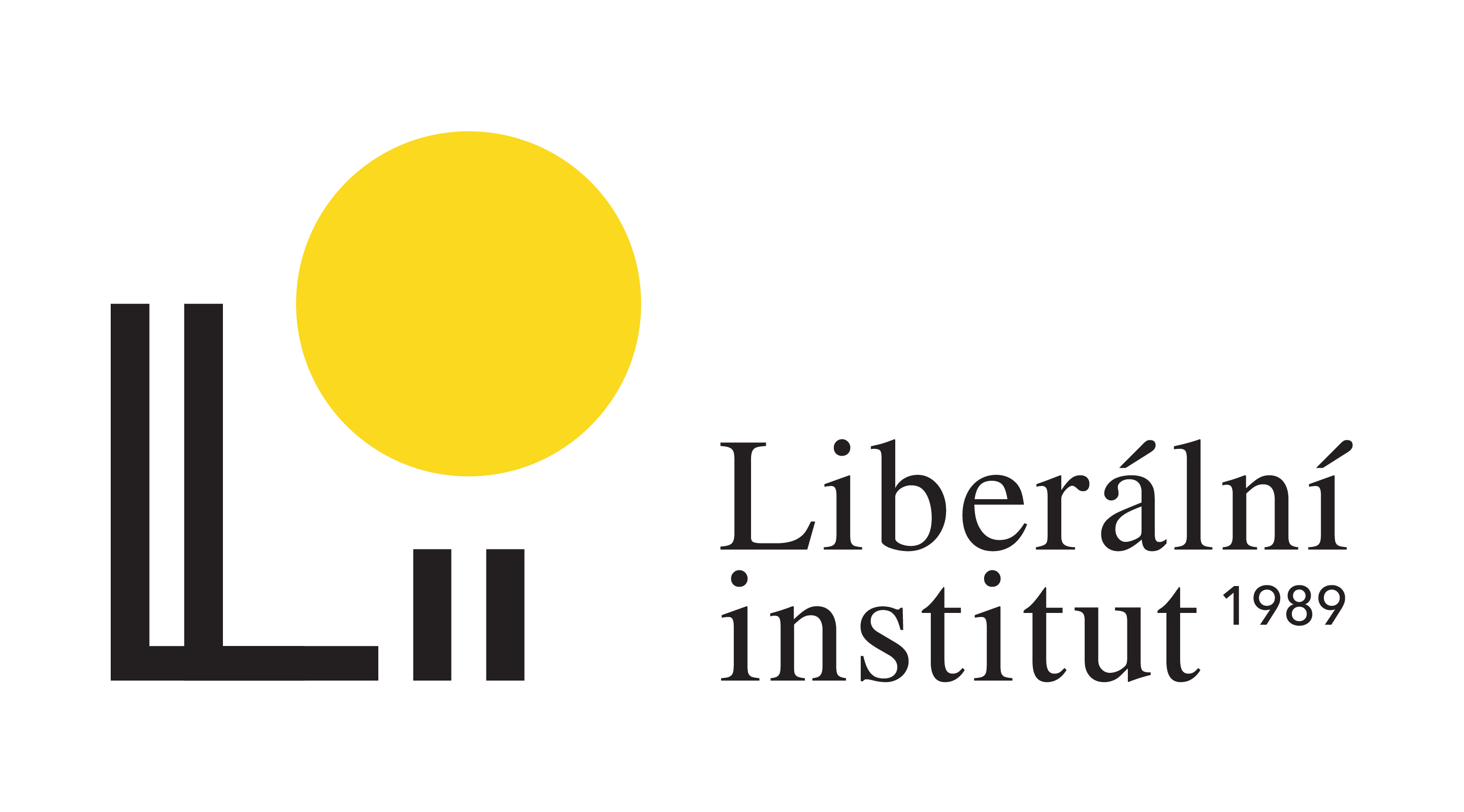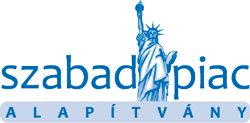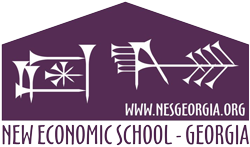
In the spring of 2020, the STEM institute, supported by the Prague office of the Friedrich Naumann Foundation for Freedom, carried out an extensive investigation of Czech seeders of disinformation. They are currently estimated to make up approximately 5% of the Czech society.
Through the combination of a quantitative survey and 13 qualitative in-depth interviews, the seeder group was found to be more affluent, educated and interested in politics than media stereotypes would suggest.
Furthermore, seeders’ motivations and media literacy levels vary greatly, wherefore one-size-fits-all solutions could be rather counterproductive. For example, some groups of seeders would benefit from basic media literacy initiatives, while others are immune to any official communication or even warnings.
Research Purpose
The debate and research around disinformation is mostly focused on its content, creators and sources on one hand and its reception among the general public on the other.
However, the lifespan of disinformation relies on a third, much less understood group involved in the process. This study labels members of this group “seeders”, borrowing the term from the language of marketing campaigns.
Seeders of disinformation are people who share disinformation texts and messages, both online and offline, and as such critically amplify the outreach of disinformation websites.
They might play a far more important role in the spread of disinformation than websites and news outlets, since very few Czechs are aware of disinformation websites in the first place.
Additionally, US research on the topic suggests that the middlemen, forwarding the information to further individuals or a wider audience, are far more relevant than the original source.
Any policy aiming at countering the spread of disinformation therefore needs to consider the seeder group.
However, little is known about their beliefs, behaviour and the ways in which they disseminate disinformation both online and offline.
Quantitative Estimate
While the research largely focussed on a qualitative approach, comprising 13 structured in-depth interviews with disinformation seeders, it also included a quantitative survey element. STEM carries out a regular omnibus survey on a representative sample of the Czech population.
To select relevant interviewees, four topical questions were included in the survey of January 2020. In both the quantitative and qualitative part of the research, the interviewers made a point of not explicitly asking about „disinformation“ or „fake news“, as these terms are loaded and could lead to a strong bias during the interview process. Instead, (inevitably imperfect) workarounds were chosen.
These include paraphrasing, such as „information intentionally suppressed or altered by major media, including the public broadcasting,“ which is the most trusted media outlet in the Czech Republic.
The survey results were fairly alarming:
- Nearly three quarters of the population (72%) believe that large media and public media intentionally suppress or alter important news; and
- 20% of Czech citizens reported receiving such content through email or Facebook at least once a month.
Based on the collected information, the following three major types of people involved in circulation of disinformation in the Czech Republic became apparent:
- Creators: Citizens actively involved in the production of disinformation. They count lower hundreds at most and are impossible to depict through traditional surveys.
- Seeders: Czech citizens who distrust most media, seek out information on their own and who share alternative news at least once a month. We estimate this group to make up approximately 5 % of the Czech population.
- Searchers: These citizens share many characteristics of seeders, except that they do not share disinformation as frequently or at all (for a variety of reasons). They represent about 10 % of the Czech society.
The subsequent qualitative research focuses exclusively on the seeder group.
In-Depth Interviews
Based on the quantitative survey findings, STEM carried out the main in-depth qualitative surveys with Czech seeders of disinformation. The recruitment of interviewees was carried out through three parallel channels: recruitment of STEM employee acquaintances, active scouting and recruitment via Facebook pages and groups featuring disinformation content, as well as through the face-to-face survey network.
While the final number of 13 interviews might seem relatively low, it did involve high efforts to single out potential seeders that would engage with research on their behavior. In addition, the sample was chosen to ensure diversity and compliance with demographics of the quantitative survey results.
Presumably, there could be a segment of Czech seeders who would decline to engage with a research inquiry of any sorts. However, STEM aimed at capturing a wide variety of respondents since they were approached through their acquaintances and even some of the most “paranoid” in the sample expressed their wish to “be heard”.
Spontaneous vs. Expert Seeders
The most important finding of the interviews was that the group of Czech disinformation seeders is far less homogenous than previously assumed.
However, the results still show some common patterns and characteristics, that apply to the entire seeder group:
- Lack of trust in any media outlets, including disinformation websites: Seeders are convinced that truth can only be obtained from friends, insiders or through careful aggregation and combination of different news sources (including foreign language ones).
- Distrust and superficial understanding of the workings of media companies: This includes the deeply ingrained belief that large media houses are extended arms of powerful governments and international corporations.
- Sensationalism and preconceived ideas: Source of a particular news story is not as important as the fact that the story itself is shocking and/or fits seeders’ a priori held worldview.
- Concern and consternation: Seeders also exhibit high levels of concern for the fate of the world or at least the Czech Republic.
Finally, the seeders’ motivation to share disinformation can be allocated on a spectrum between the following poles:
- Spontaneous seeders share disinformation rather impulsively, as a way to preserve social relationships. These can include younger and more inexperienced students, who seek a sense of belonging in a peer group, as well as senior citizens, who feel isolated and want to feel useful or interesting to others.
“When something pops up while I am browsing the internet, I check it out.”
- Expert seeders are driven by the need to earn validation, respect, influence, and a sense of exceptionality based on comprehension of “hidden” truths. These seeders share disinformation in a premeditated and systematic way and include both well-travelled men and women who used to have influence, and rather extreme “Inquirers”, who spent most of their free time looking for alternative sources and spreading the information.
“I do not have much time for friends because I devote so much time to researching politics and sharing what I discovered.”
The expert-spontaneous scale was then combined with estimates of seeders’ inclination to believe conspiracies, as well as their level of media literacy.
As a result, this research proposes six different categories of seeders, that differ in major socio-demographic characteristics and in motivation to share disinformation content. These groups are summarized in the chart below.
Figure 2: Six types of seeders in the Czech Republic
Policy Recommendations
Crucially, these different types of seeders will react differently to policies aiming to stem the circulation of disinformation in the Czech society. Pursuing the increase in citizens’ media literacy might be effective for some types of spontaneous seeders, who will benefit from a better understanding of how news content is created.
However, expert seeders are much less likely to respond to such initiatives as they already believe themselves to have a superior understanding of the (nefarious) working of large media houses and as they already often compare a variety of news sources.
Another often discussed yet recent measure in the Czech media space is the automated flagging of false content, implemented on large social media platforms, such as Twitter and Facebook. This might work reasonably well for less experienced and younger media consumers, who pay no attention to the source of news they share.
However, for expert and conspiracy-prone seeders this measure will only reaffirm their conviction that large corporations (i.e. Facebook) are out to “get them” and to suppress the truth they seek to disseminate.
We believe that expert seeders of disinformation might respond better to the establishment of conservative media platforms that would still follow basic tenets of rigorous journalism. These outlets could lend them the feeling that there is someone out there on their side. They also might trust the fact-checking of these outlets far more than that of an established liberal platform, which would be inevitably biased in the eyes of expert seeders.
For the spontaneous seeders the key intervention could be affective trust building with news organisations and the provision of alternatives that can address their underlying social motives.
Thus, as is clear from the examples in this study outline, every policy intervention should be tailored to the specific seeder type and one-size-fits-all approaches should be viewed with utmost suspicion.
Matěj Jungwith – Analyst at STEM
Nikola Hořejš – Programme Manager at STEM
Jitka Uhrová – Senior analyst at STEM
The article was originally published at: https://fnf-europe.org/2020/07/20/study-czech-seeders-of-disinformation-addressing-knowledge-gaps-and-drawing-policy-implications/
Continue exploring:
New Law on the Right to Assembly in Hungary as Applied in Practice


